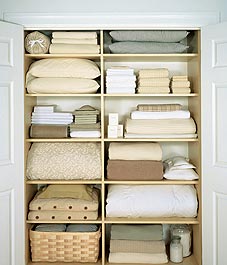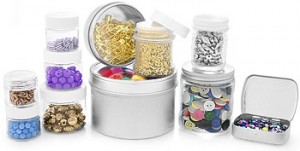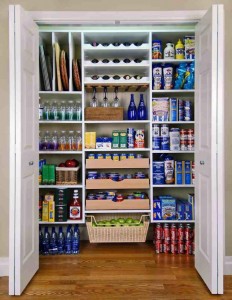 Yesterday the WOW team had the privilege of attending a blogger preview event for the opening of the relocated Container Store Buckhead. The new store, located on the corner of Peachtree St. and Wieuca Rd., is significantly bigger than the old store and appears to carry a greater variety of products. For frequent shoppers, the parking is also much easier!
Yesterday the WOW team had the privilege of attending a blogger preview event for the opening of the relocated Container Store Buckhead. The new store, located on the corner of Peachtree St. and Wieuca Rd., is significantly bigger than the old store and appears to carry a greater variety of products. For frequent shoppers, the parking is also much easier!
The WOW team absolutely loves The Container Store for their multifunctional and innovative storage products, but also for their commitment to conscious capitalism. If you’ve never heard about the store’s corporate culture, you might be interested to know that it is dedicated to running their business in a way that is good for the environment, local communities, and their employees, as well as the bottom line. For example, their employees are paid significantly higher than the average local wage for similar jobs and receive 263 hours of training in their first year (compared to an average of 7-10 in the industry). Learn more about their Founding Principles here.

In celebration of the store opening, there will be events and giveaways held this Saturday and Sunday (11/10-11/11). Some of the reasons to check out the new location this weekend include:
- Prize giveaways every hour, on the hour, including a $1,000 Elfa Space Makeover
- $10 Store More Gift Cards for the first 100 Facebook Check-Ins &
- 10% of all sales throughout the weekend will be donated to Children’s Healthcare of Atlanta
Thanks again to Container Store Buckhead for inviting WOW to be a part of your grand reopening events. We loved the new location and will certainly be shopping there soon.
TWOW


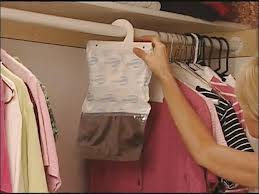

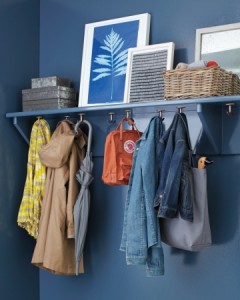
 2) Decorations: Halloween decorations can help to get your family and neighborhood in the holiday spirit. Plan on decorating your home and yard by the weekend of October 20th. If you’re carving pumpkins, ideal timing is the weekend before (27th) Halloween to ensure they stay fresh. Keep in mind when you are decorating that the weather changes quickly this time of year, so if you have delicate ghosts or spider webs, be sure to bring them in before any rain hits.
2) Decorations: Halloween decorations can help to get your family and neighborhood in the holiday spirit. Plan on decorating your home and yard by the weekend of October 20th. If you’re carving pumpkins, ideal timing is the weekend before (27th) Halloween to ensure they stay fresh. Keep in mind when you are decorating that the weather changes quickly this time of year, so if you have delicate ghosts or spider webs, be sure to bring them in before any rain hits.